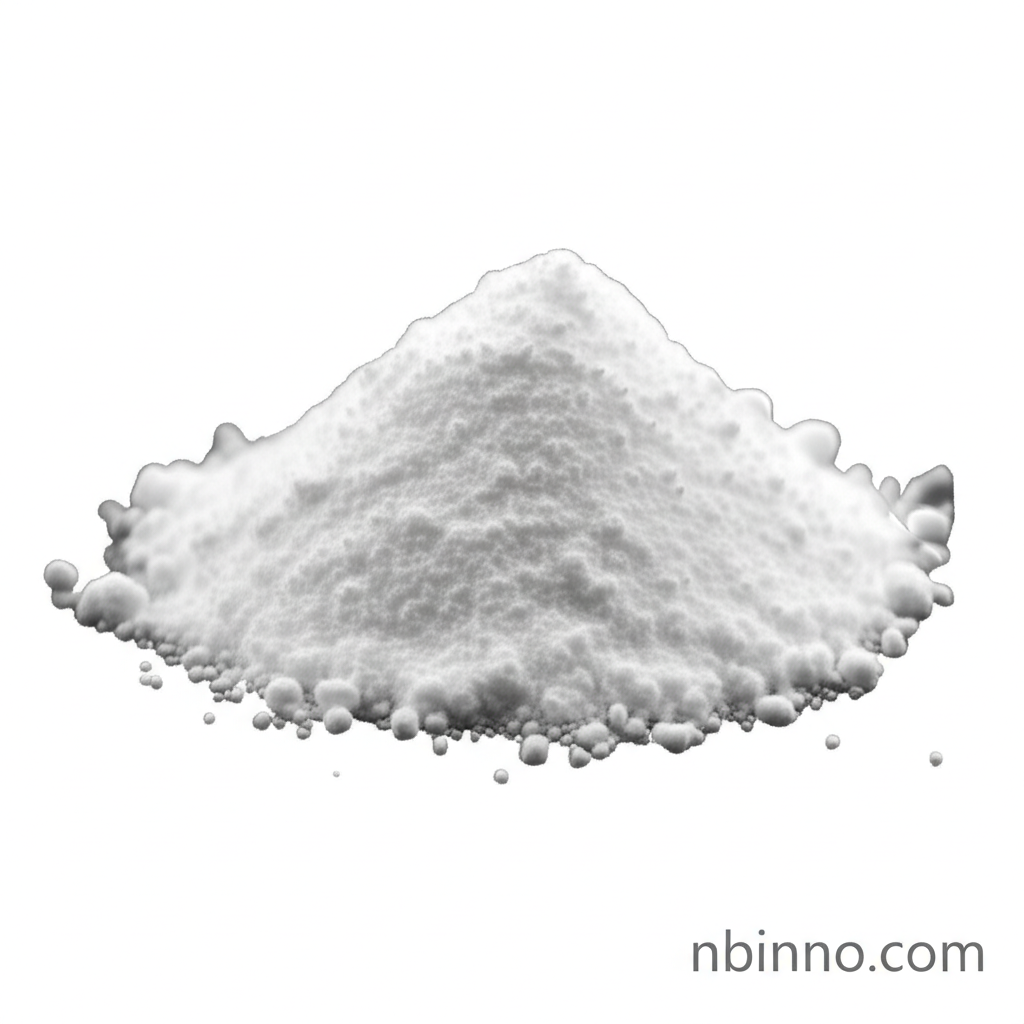4-Fluoro-1-naphthaldehyde: A Versatile Intermediate in Organic Synthesis
Explore the properties, synthesis, and diverse applications of this crucial building block in modern chemistry.
Get a Quote & SampleProduct Core Value

4-Fluoro-1-naphthaldehyde
This compound serves as a critical intermediate in the synthesis of complex organic molecules, offering unique reactivity due to its fluorinated naphthalene structure. Its well-defined properties make it a reliable choice for various chemical transformations.
- Understand the synthesis of 4-Fluoro-1-naphthaldehyde through established laboratory procedures, ensuring purity and yield for your research needs.
- Discover the key properties of CAS 172033-73-7, including its physical state, melting point, and solubility, crucial for effective experimental design.
- Explore the diverse applications of fluoro naphthaldehyde uses across pharmaceuticals, agrochemicals, and material science.
- Learn about the chemical intermediate role of this compound in creating novel chemical entities and optimizing existing synthetic routes.
Advantages It Brings
Enhanced Reactivity
The presence of fluorine and the aldehyde group on the naphthalene core provides unique electronic and steric effects, facilitating specific chemical reactions and improving yields in complex organic synthesis pathways.
Versatile Building Block
As a fine chemical intermediate, 4-Fluoro-1-naphthaldehyde is highly versatile, enabling the construction of diverse molecular architectures for advanced applications.
Reliable Purity
Sourced from reputable manufacturers, this compound typically offers high purity, as confirmed by analytical data, ensuring consistent and reproducible results in your synthetic processes.
Key Applications
Pharmaceutical Synthesis
Utilized in the development of new drug candidates and intermediates, leveraging its structure for targeted therapeutic agents.
Agrochemical Development
Serves as a precursor for novel pesticides and herbicides, contributing to advancements in agricultural chemistry.
Materials Science
Incorporated into the design of advanced materials, such as organic electronic components or specialized polymers, where its unique properties are advantageous.
Research and Development
An essential reagent for academic and industrial research, supporting innovation in synthetic chemistry and drug discovery.
